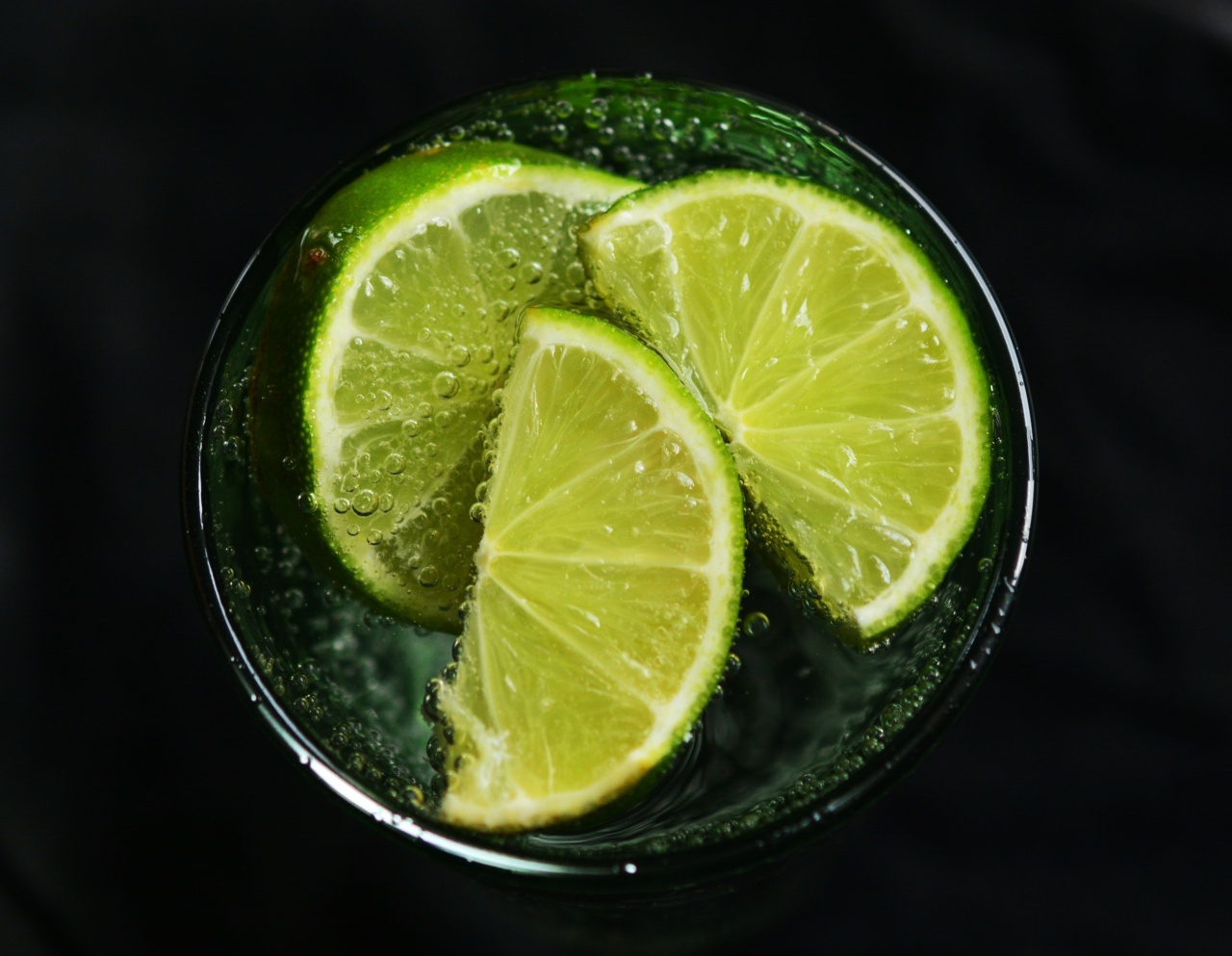It is not uncommon for words to be misinterpreted or misused. However, a misinterpretation in the world of beverages has led to a product with immense health benefits.
The misinterpretation in question relates to matcha, a form of powdered green tea that has gained popularity worldwide in recent years.
The Misinterpretation
Matcha, like other teas, contains caffeine. However, unlike other teas, matcha is made by grinding the entire tea leaf into a fine powder, resulting in a higher concentration of caffeine than traditional steeped tea.
For this reason, matcha is often touted for its energy-boosting benefits and is commonly used by athletes and fitness enthusiasts as a pre-workout supplement.
However, there is another substance in matcha that has been overlooked due to this focus on caffeine: L-theanine.
The Health Benefits of L-Theanine
L-theanine is an amino acid found almost exclusively in tea leaves, particularly in higher concentrations in shade-grown varieties such as matcha.
When consumed alongside caffeine, as is the case with matcha, L-theanine has been shown to have a variety of health benefits.
One of the most notable benefits is an increase in mental clarity and focus. Research has shown that L-theanine stimulates alpha brain waves, which are associated with a state of wakeful relaxation and increased mental alertness.
L-theanine has also been shown to reduce anxiety and stress. In one study, participants who consumed L-theanine before a stressful task experienced significantly lower levels of stress and anxiety compared to those who did not consume the amino acid.
Additionally, L-theanine has antioxidant properties and has been shown to support a healthy immune system.
How to Consume Matcha for Optimal Health Benefits
To reap the health benefits of L-theanine in matcha, it is important to consume the beverage in a way that maximizes the body’s absorption of the amino acid.
One way to do this is to consume matcha on an empty stomach, as food can interfere with the absorption of L-theanine and other nutrients.
Another way is to consume matcha with a source of healthy fat, such as coconut milk or almond butter, as L-theanine is fat-soluble.
It is also important to choose high-quality matcha that is shade-grown and free of additives. Lower-quality matcha may contain fillers or be made from tea leaves that were exposed to direct sunlight, resulting in lower concentrations of L-theanine.
Conclusion
The misinterpretation of matcha as a simple energy boost has led many to overlook the immense health benefits of the beverage’s prized component: L-theanine.
As more research is conducted on this amino acid, it is likely that we will continue to uncover additional benefits of consuming matcha.






























